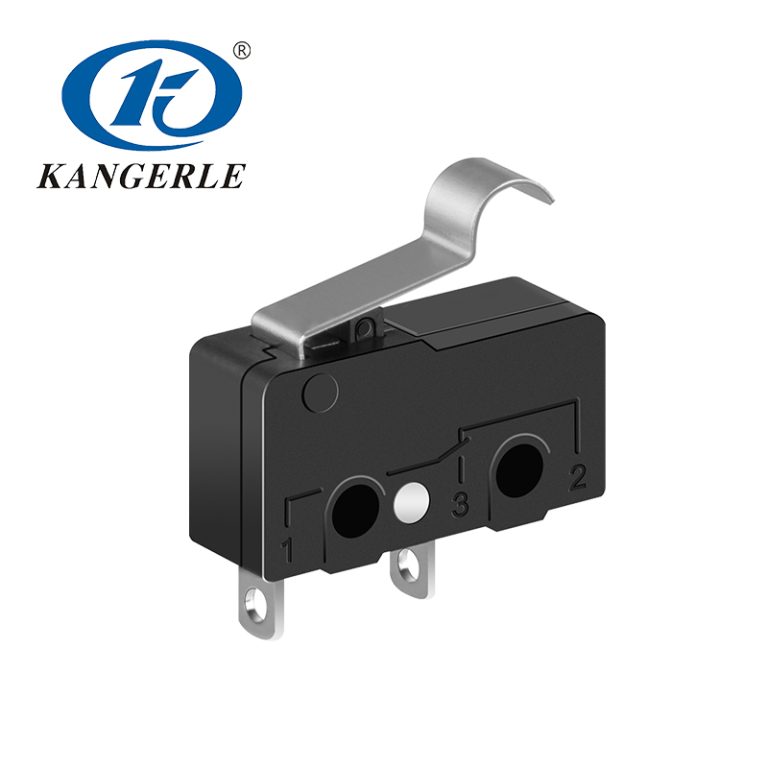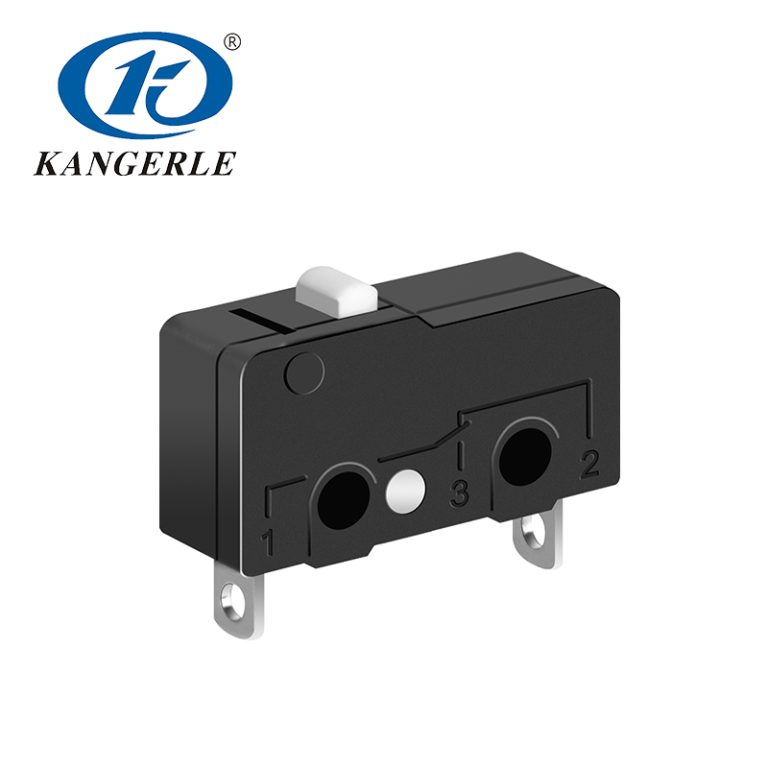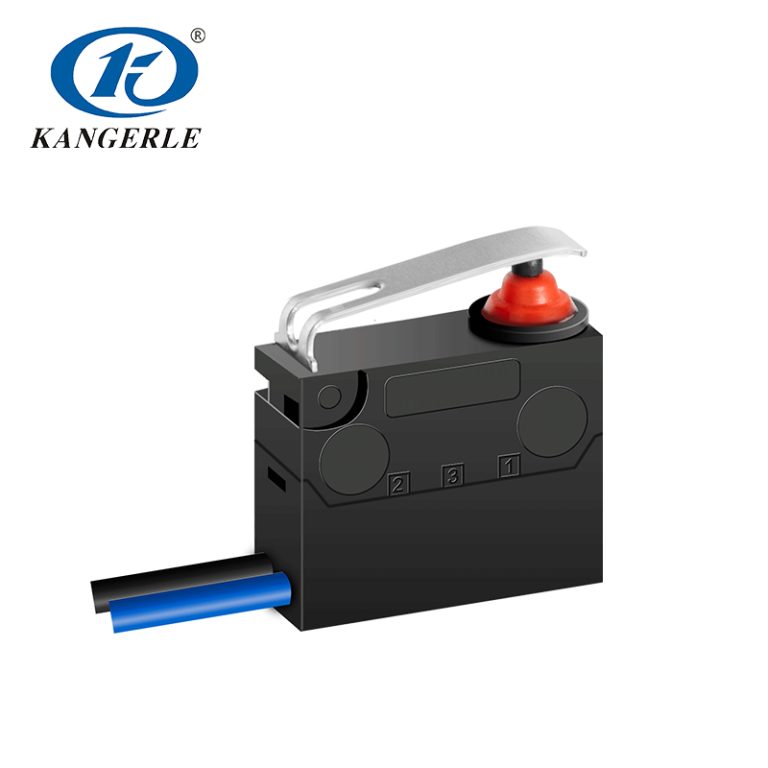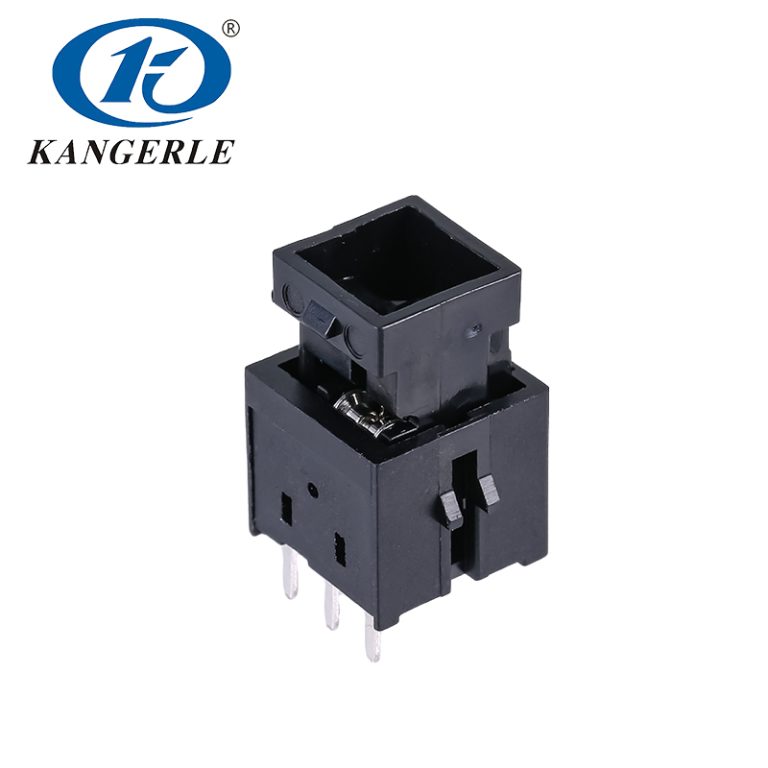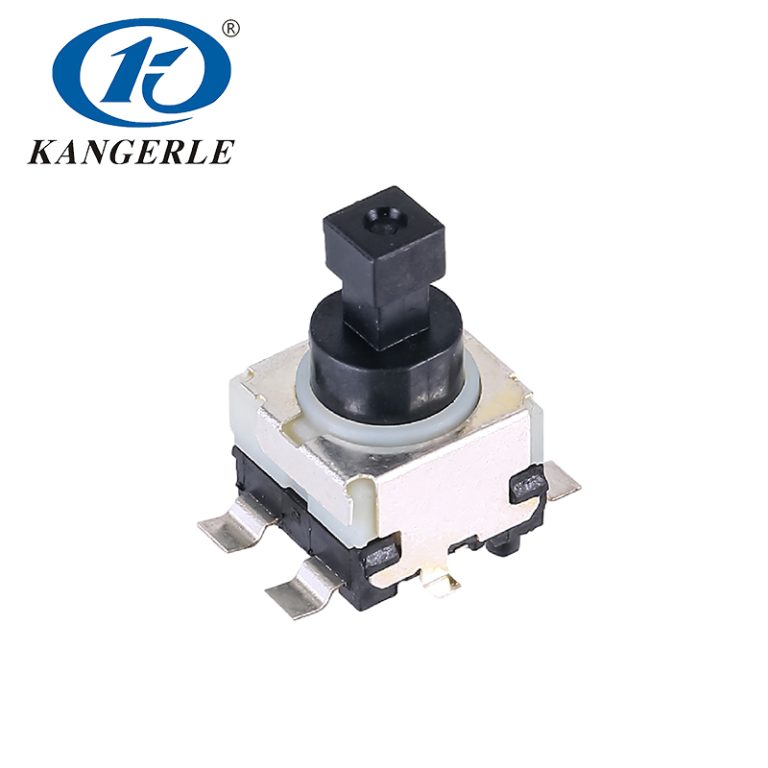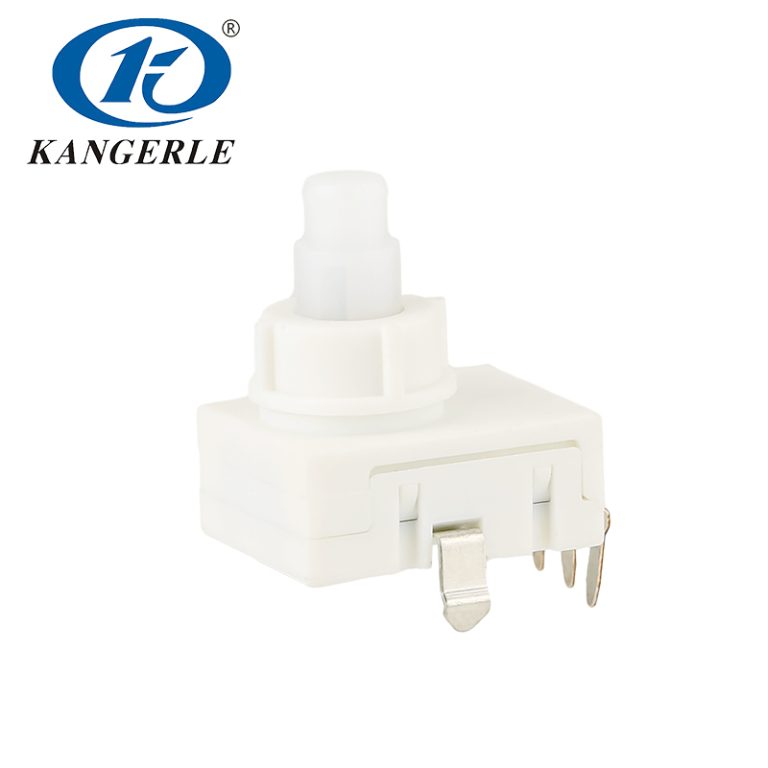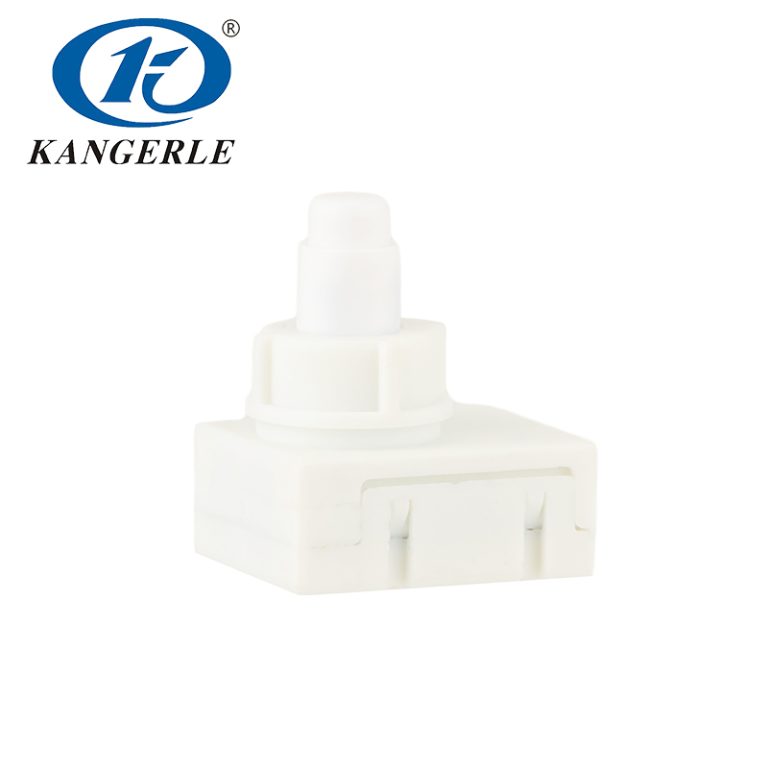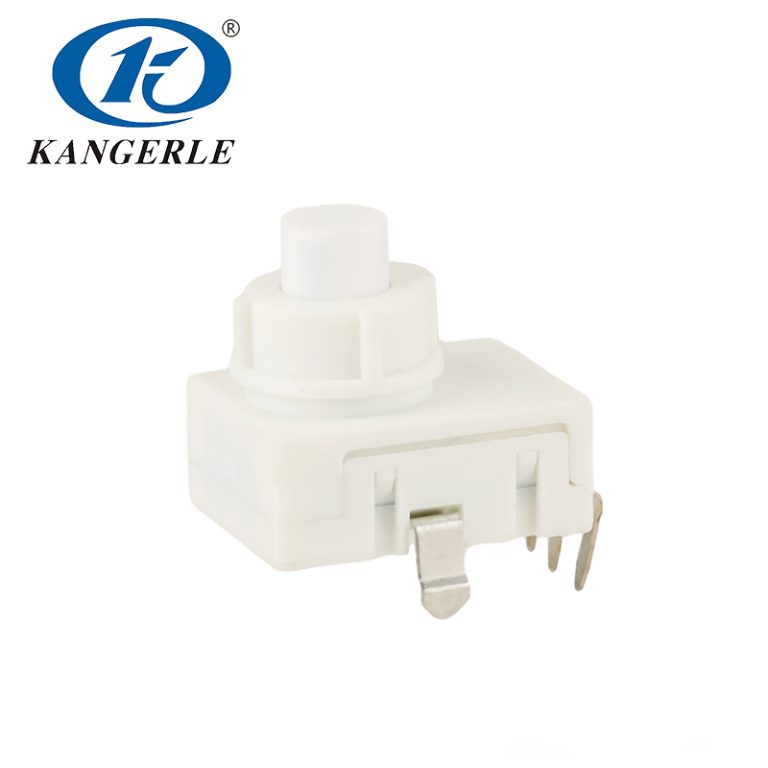
Understanding Tactile Buttons
Definition and Basic Concept
A tactile button, often referred to as a tactile switch, is a type of switch that provides a tangible, perceptible feedback to the user when pressed. This basic feedback might come in the form of a slight “click,” making it evident that the button has been activated. These buttons are constructed with a small metal spring that collapses when pressed, making contact and creating the circuit that triggers an action in the device.
Tactile buttons serve as an essential interface between users and their devices, giving a reliable indication of engagement. They have a small form factor, making them incredibly versatile across various applications. By understanding their fundamental operation, users can appreciate the precise and assured interaction that these buttons bring, especially to modern television systems.
Advantages of Tactile Buttons
The primary advantage of tactile buttons lies in their physical feedback. This characteristic can significantly enhance the user experience compared to other input methods like capacitive touch buttons, which may lack the assurance provided by tactile feedback. The noticeable click when a button is pressed provides users with a sense of control, minimizing the risk of accidental inputs that are often associated with touch-sensitive controls.
In addition to providing user confidence, tactile buttons are also known for their durability. High-quality tactile switches can withstand tens of thousands of presses. This reliability is crucial for devices like televisions that see daily use. Moreover, tactile buttons are cost-effective which allows manufacturers to integrate them without drastically increasing the end product price.
Comparison with Other Types of Buttons
When comparing tactile buttons to other types of buttons like capacitive touch buttons and soft membrane switches, a few distinct differences arise. Capacitive touch buttons, used commonly on smartphones and tablets, rely on detecting the electrical properties of the human finger. While these are sleek and modern, they do not offer any physical feedback. On the other hand, soft membrane switches are primarily used for low-cost applications and may not provide the satisfying click of a tactile button. They might wear out faster and offer less feedback.
Tactile buttons, in contrast, combine the best of both worlds, delivering both reliability and the desirable physical feedback. They ensure that users are aware of their inputs, enhancing interaction and reducing input errors.
Applications of Tactile Buttons in Televisions
Improving User Interaction
Television has always been a staple in homes, evolving with technology to offer more intuitive and satisfying ways to interact with content. The integration of tactile buttons into television designs is a strategic move towards improving user interaction. These buttons on television remote controls provide immediate, tangible results once pressed, ensuring a more precise selection of channels, volume control, and navigation of smart TV interfaces.
Moreover, tactile buttons can be designed to guide users even in low-light conditions. Differentiated button textures and sizes can help users feel their way around the remote, knowing just by touch if they are pressing the correct button, thus reducing the need for visual confirmation every time a user wants to interact with their television.
Accessibility Benefits
In addition to improving general user experience, tactile buttons have significant benefits for accessibility, aiding individuals with various disabilities. For those with impaired vision, tactile buttons allow for intuitive interaction through touch, making it possible to use television controls without needing to see them. The familiar, reliable feedback confirms to users that their commands have been registered, enhancing confidence and usability for those with disabilities.
Additionally, tactile buttons can be beneficial for elderly users who may struggle with touch-sensitive or overly complex controls. The physical nature of tactile buttons is easy to understand and use, bringing an intuitive experience that does not require additional learning or adaptation to new technologies.
Design Considerations for Tactile Buttons on Televisions

Ergonomics and Usability
Ergonomics is key when designing tactile buttons for televisions. Given that television remote controls are handheld devices, it’s essential that the buttons are easy to reach and press without causing strain. The layout should cater to a variety of hand sizes and strengths, ensuring that even users with limited dexterity can comfortably use the remote. Button placement should be logical and intuitive, with frequently used buttons positioned within easy reach of the thumb and fingers. By prioritizing ergonomics, designers can create a user-friendly experience that makes interacting with the television enjoyable and effortless.
Materials and Manufacturing Techniques
The choice of materials and manufacturing techniques plays a crucial role in the performance and longevity of tactile buttons. High-quality plastics and metals that can withstand repeated pressing without degrading are essential. Advanced manufacturing techniques, such as precision molding and laser cutting, ensure that each button operates smoothly and reliably. Furthermore, the tactile feedback mechanism within the button, often created using a metal dome or rubber membrane, must be precisely engineered to provide the right amount of resistance and click feel. By focusing on quality materials and precise manufacturing, manufacturers can produce tactile buttons that stand the test of time.
Integration with Modern TV Technology
Modern televisions are packed with technology, often incorporating features like smart capabilities, voice control, and more. Tactile buttons must seamlessly integrate with these advanced technologies. For instance, a television remote control might include both tactile buttons for frequently used functions and touch-sensitive areas or even voice command functionalities for more sophisticated interactions. Ensuring that tactile buttons work harmoniously with these technologies requires careful design and programming. The aim is to provide users with the best of both worlds: reliable tactile feedback for standard controls and advanced options for more complex functions.
KANGERLE ELECTRONICS offers a wide range of tactile buttons that are designed to provide reliable performance and distinct tactile feedback when pressed. These tactile buttons are commonly used in various industries such as home appliances, communication devices, audiovisual products, security products, toys, fitness equipment, medical instruments, and electronic devices. KANGERLE’s tactile buttons are known for their unique techniques in terms of dustproof, waterproof, and anti-silver migration, making them highly regarded in the industry. Their tact switches have different series like IP67 Tact Switch and Led Tact Switch, offering a wide selection for different applications. Whether it’s a normal, waterproof, or illuminated type, KANGERLE’s tactile buttons provide reliable performance and durability. With multiple switch structures and various types of pin terminals available, customers can customize their selection based on specific requirements.
Future Trends in Tactile Button Usage on Televisions
Innovations in Tactile Technology
The future of tactile button technology is bright, with ongoing innovations enhancing their functionality and appeal. One exciting development is the use of haptic feedback systems, which can provide more nuanced tactile responses than traditional buttons. These systems can simulate different textures and resistance levels, offering a richer and more immersive user experience. Additionally, the integration of tactile feedback with other sensory inputs, such as visual and auditory cues, can create a more engaging and intuitive interface. As these technologies evolve, we can expect tactile buttons to become even more sophisticated and versatile.
Environmental and Sustainability Considerations
As sustainability becomes a growing concern, the design and production of tactile buttons on televisions will increasingly focus on eco-friendly practices. This includes using recyclable and biodegradable materials, reducing manufacturing waste, and designing products for longer lifespans to reduce electronic waste. Additionally, manufacturers are exploring energy-efficient production processes and the use of renewable energy sources. By prioritizing sustainability, the television industry can contribute to a greener future while still providing high-quality, user-friendly products. Consumers can look forward to tactile buttons that are not only functional and durable but also environmentally responsible.
With these insights into the touchscreen technology of today, we can better appreciate the importance and versatility of tactile buttons in modern televisions. They not only offer a reliable, user-friendly interface but also help bridge the gap in accessibility, making television technology more inclusive and effective for everyone.

